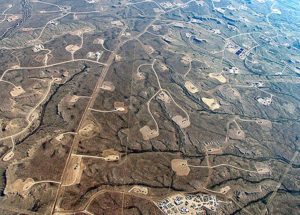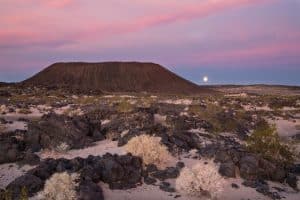(The header links to the Forest Service summary, and each bullet links to an associated legal document.)
The court denied a Forest Service motion to dismiss claims that the Stanislaus N. F. violated the Clean Water Act and the forest plan in relation to its management of three grazing allotments. (E.D. Cal.)
The court denied a motion for a preliminary injunction by the current concessionnaire to stop the bidding process for a 5-year permit to run the shuttle service for the Sabino Canyon Recreation Area on the Coronado N. F. (D. D.C.)
(update) The Ouachita N. F.’s denial of a permit to construct a road in the Upper Kiamichi Wilderness has been appealed to the 10th Circuit. (E.D. Okla.)
(update) Plaintiffs have voluntarily dismissed their challenge to the Westside Fire Recovery Project on the Klamath N. F. (N.D. Cal.)
(update) The district court agreed to stay pending appeal its order to destroy wolf data illegally obtained by the State of Idaho using helicopters from the Frank Church River of No Return Wilderness on the Salmon-Challis N. F. (D. Idaho)
(new case) The Forest Service is a signatory to the 2000 Interagency Bison Management Plan, and the plaintiff alleges that a tribal notice of intent to hunt bison is significant new information requiring supplemental NEPA analysis for the plan because more bison hunters in the concentrated area established by the plan would create a safety risk to recreationists. They seek to enjoin the activities that keep bison within the concentrated area. (D. Mont.)




